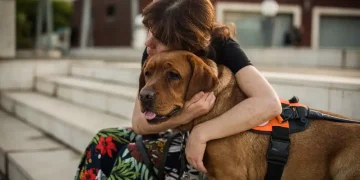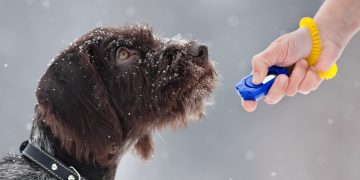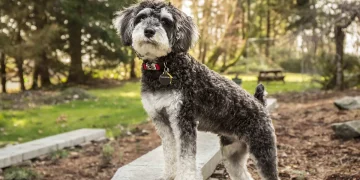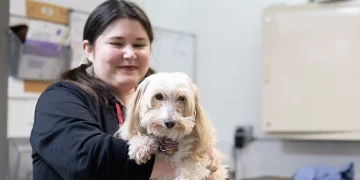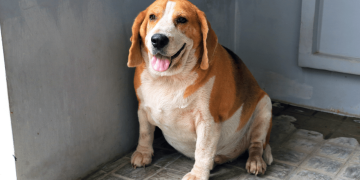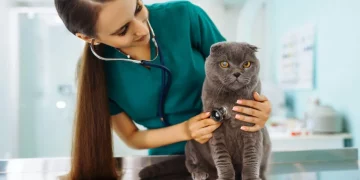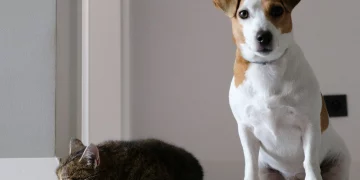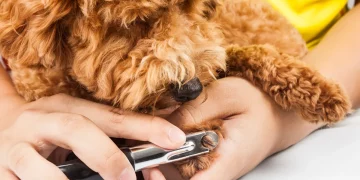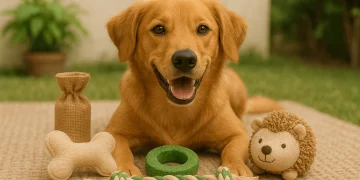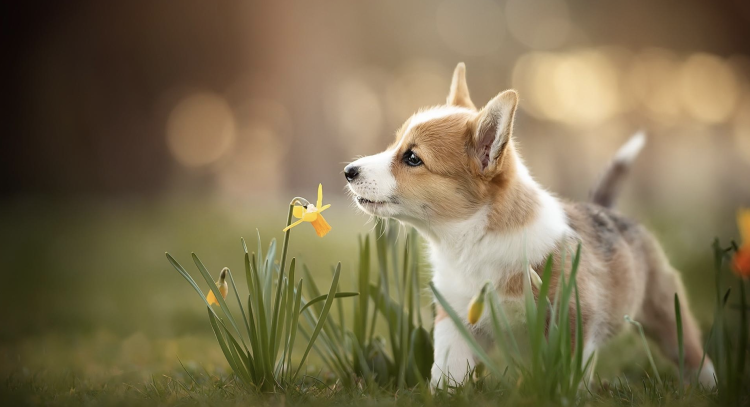Sometimes, whether we like it or not, most dogs go around nibbling on furniture. No matter how much we don’t want them to, they end up chewing something. So how do you get your dog or puppy to stop trying to eat everything and spoil things? Let’s look at some tricks.
Why do dogs chew?
Dogs chew for many reasons, and when training a dog, it’s best to look at the underlying causes before stopping it. The biggest reasons we see dogs chewing are boredom, stress and fun! Just like us, your dog wants to do something because they can’t really use the remote to watch TV, so they’ll choose the easiest way, and that’s chewing. If you can’t correct your dog when they’re chewing on something, it’s too late. You can only lock up the puppy and clean up the mess (no matter how angry you are, the puppy will make mistakes). How to stop chewing? To stop or prevent your puppy from chewing, you must do 3 things. Manage their time and provide a fun environment for your puppy to get more exercise. Managing your dog’s time is all about preventing them from chewing. Providing a fun environment is for them to succeed. Of course, exercise cures most dog problems! Managing your dog’s time to prevent chewing Managing your dog’s time is all about integrating multiple training concepts into one place.
First of all, if your puppy is a chewer, you should religiously follow the 3 rules of home training, I’ll recap them here, but be sure to read some of our blog posts for more detailed 3 rules of home training rule.
Rule 1: Be with you Rule 1 may sound strange to newcomers, but they try it and find it does solve 90% of your problems. It’s as simple as taking an old leash you don’t use anymore, cutting off the handle (so it doesn’t get hung up on things), clipping it to your dog’s collar and letting them drag it around. Why are you doing this? It’s basically like a remote control for your dog. You no longer have to hold your dog, you no longer have to chase them to take things, and they can no longer sneak away and chew things. You can now see why this is the rule?
Rule 2: Be outside with you. This rule has more to do with good home training practice than chewing. However, it can also help here, giving you the opportunity to work with your dog when called, so it can translate to helping out at home.
Rule 3: When you can’t be with your dog, keep them in a cage. Going back to the rules that help with chewing, that’s a big deal. Think of your crate as your dog’s home. It’s a safe place for them to go so they don’t hurt themselves or anything of yours. Some people see crates as punishment, but honestly, dogs are den animals and prefer to have a quiet place to go (especially if a dog crate is not used for punishment). ! Remember, dogs are not birds! The kennel is where they stay temporarily, not long term.
Start with the 3 rules of home training and you can prevent most things from happening. But there is one key to doing this, you still have to pay attention to your dog! If you have a dog who is prone to chewing, you should always keep one eye on them so you can prevent them from taking the opportunity to chew! Provide a fun environment Your dog should have equally good toys and chews. My rule of thumb is that dogs should have as many chews as possible, which is directly related to how greedy they are to play and chew. Stuffed chews, in particular, can make it more fun for a puppy to chew on instead of crunching around furniture.




